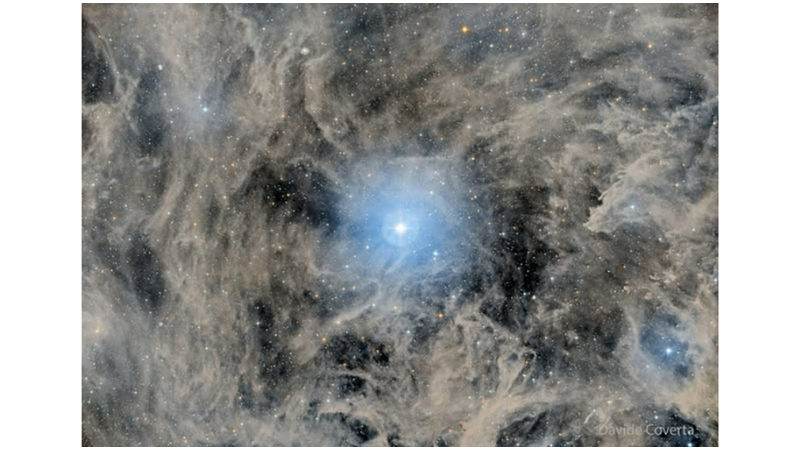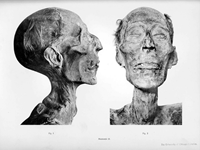Why is Polaris called the North Star? The main reason is that Polaris is the brightest star closest to the Earth's northern rotation axis. So, as the Earth rotates, the other stars in the sky appear to revolve around Polaris, but Polaris remains fixed and always points north. This is why it is called the North Star. Unfortunately, there is no South Star yet, as there is no such bright star close to the Earth's southern rotation axis. Thousands of years ago, when the Earth's rotation axis was pointing in a slightly different direction, the “North Star” of that time was not Polaris, but Vega.
Although Polaris is not the brightest star in the sky, it can be easily found by following the two stars of the bowl in the part of the constellation Ursa Major called the Big Dipper. In a five-degree-wide photograph made from hundreds of digitally stitched exposures, the faint gas and dust of the Integrated Changing Nebula (IFN) spreads across the entire frame, with Polaris at the center of this structure. The surface of Polaris, a Cepheus-type variable star, pulsates slightly, causing the star's brightness to change slightly over periods of a few days.
January 14, 2025 Astronomy Photo of the Day (NASA APOD)
Image Source and Copyright: Davide Coverta


 Nielawore
Nielawore









Yorumlar
interesting
süpürgemin içinden çıkanlar
Yorum yazmak için lütfen giriş yapınız